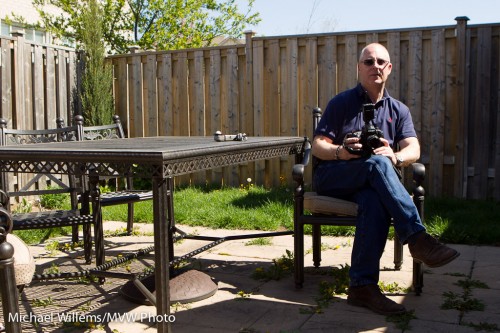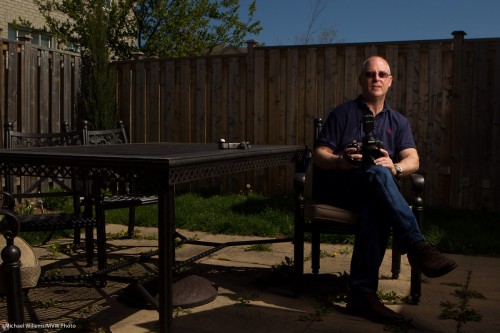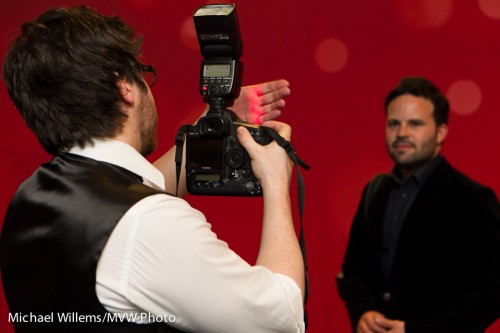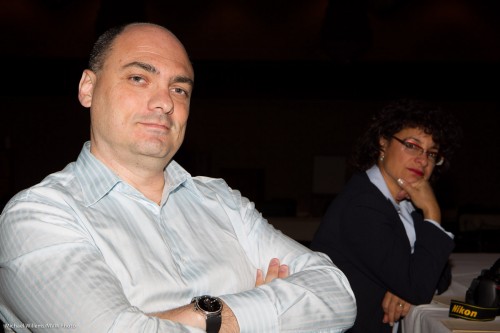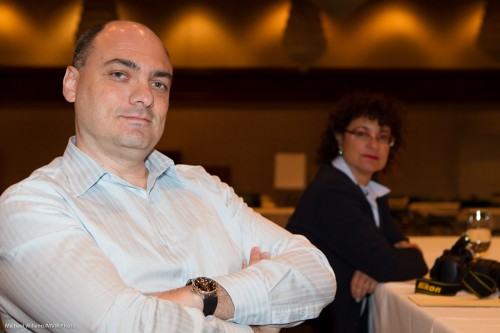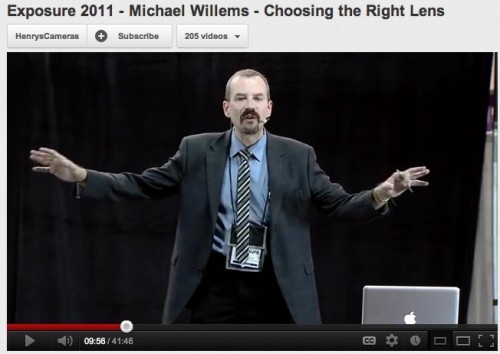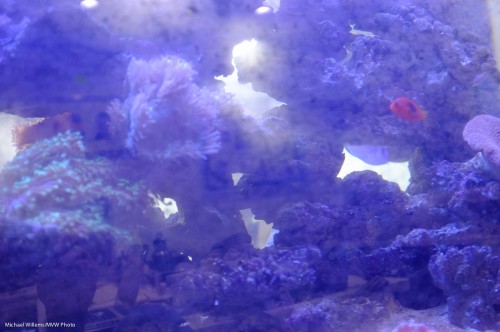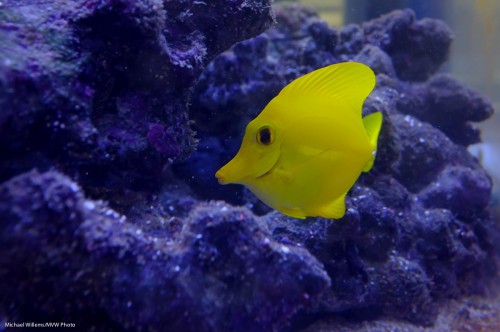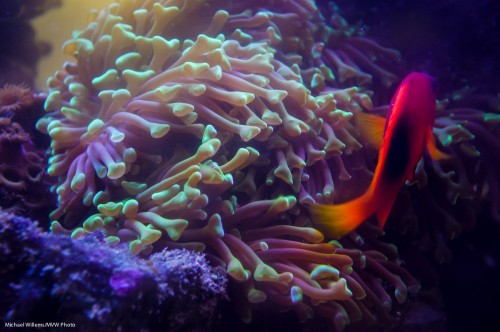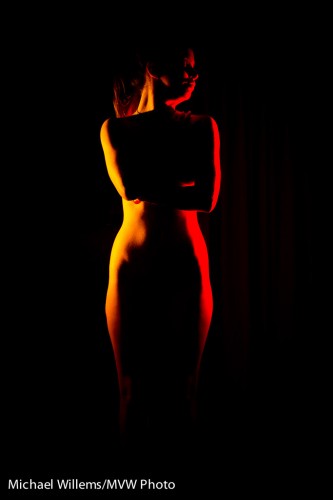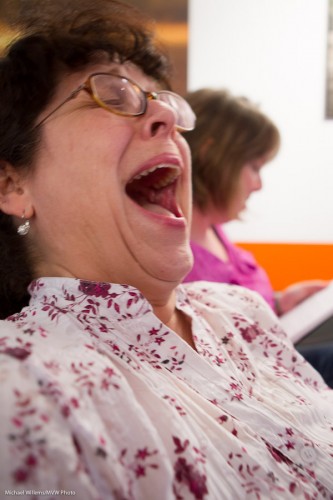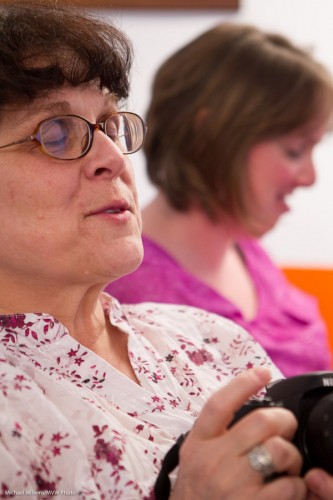The following shots of yesterday’s student are a good example of why we use flash to create dramatic portraits outdoors, on a sunny day.
Say you take a snapshot, in automatic mode, of a person on a sunny day around noon. You get this:
A snapshot. Composition is fine, but the person is half overexposed, half underexposed; the sky is washed out. It’s why people say you cannot take photos at mid-day on a sunny day.
But flash comes to the rescue.
- Set your aperture, ISO and shutter speed to get a nice darker background. I like dramatic, so in my case this is a very dark background. Dark colour is saturated colour. Start by going to the fastest shutter speed you can use when using a flash (e.g. 1/250th second), then set aperture and ISO to get darkness. (I used manual mode, and set my camera to 200 ISO, f/13 in my case).
- Use a flash in a modifier – to “nuke the sun” (overpower sunlight). This needs to be a powerful strobe, or a speedlight very close to the subject. I used a Bowens strobe with a softbox, powered from a Travel Kit battery.
- Now meter the flash, using a flash meter (or trial and error). Adjust the strobe until you read the same aperture you just set.
Now you get this:
Isn’t that much better? The subject is now the “bright pixels”. And bright pixels, as you know, are sharp pixels!

